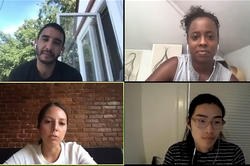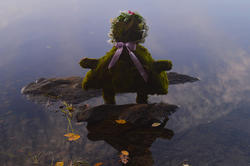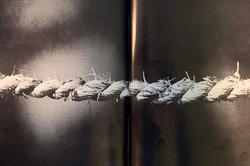An extensive range of virtual programming helps returning students consider how they’ll contribute to the discourse around racial justice.
Cultivating the Creative Process
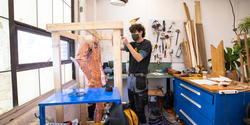
How do artists engage with the world around them? Which events, shared ideas and societal systems influence the things one creates in studio? These are the kinds of questions juniors are exploring this fall in a Sculpture department research studio co-taught by Teresa Cervantes and Matt King.
“Students are developing their own visions during junior year and looking for ideas by engaging with the external world,” says King. “They’re learning how to ask good questions and become part of a larger conversation.”
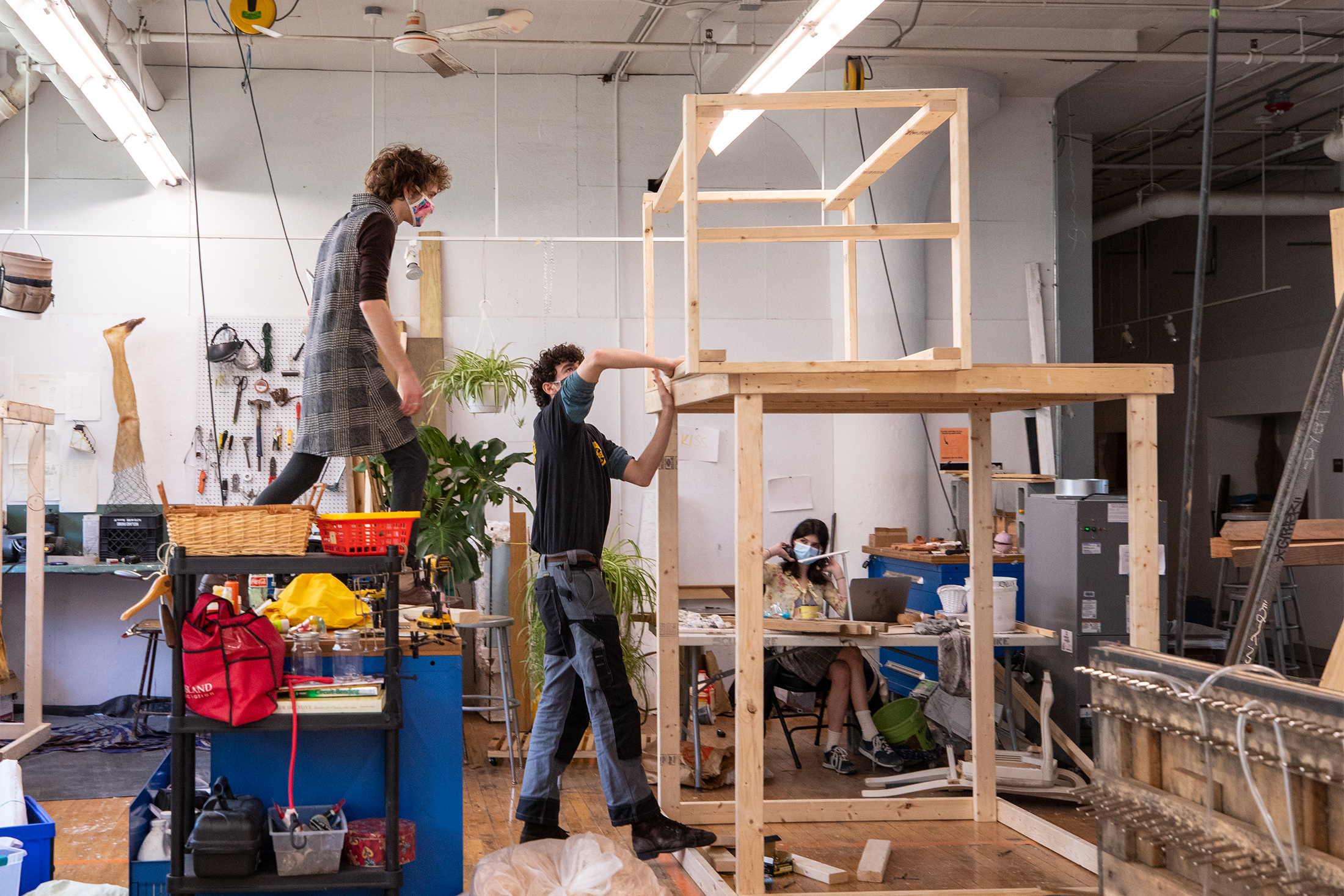
Ordinarily the class is conducted via field trips to unexpected places: a nuclear power plant or the cadaver room at Brown University’s Alpert Medical School. In light of the pandemic, Cervantes and King had to rethink the class as a virtual experience, which in some ways offered them more freedom in choosing visiting experts.
“Students are developing their own visions during junior year and looking for ideas by engaging with the external world.”
“We selected people whose voices seem really topical and urgent,” Cervantes says, “for example ER doctor Megan L. Ranney, who was on duty when COVID first started showing up in Rhode Island. And Haffenreffer Museum of Anthropology Education Coordinator Leah Hopkins, who is part of a tribal community organization and told us the Narragansett origin story, which was a ground-shifting experience for all of us.”
“There’s also this connection from week to week,” King adds, “where the visiting expert seems to be building on what last week’s expert talked about even though they’re working in distinct disciplines. It’s all connected: food and race and property and health. You can’t pull it apart.”
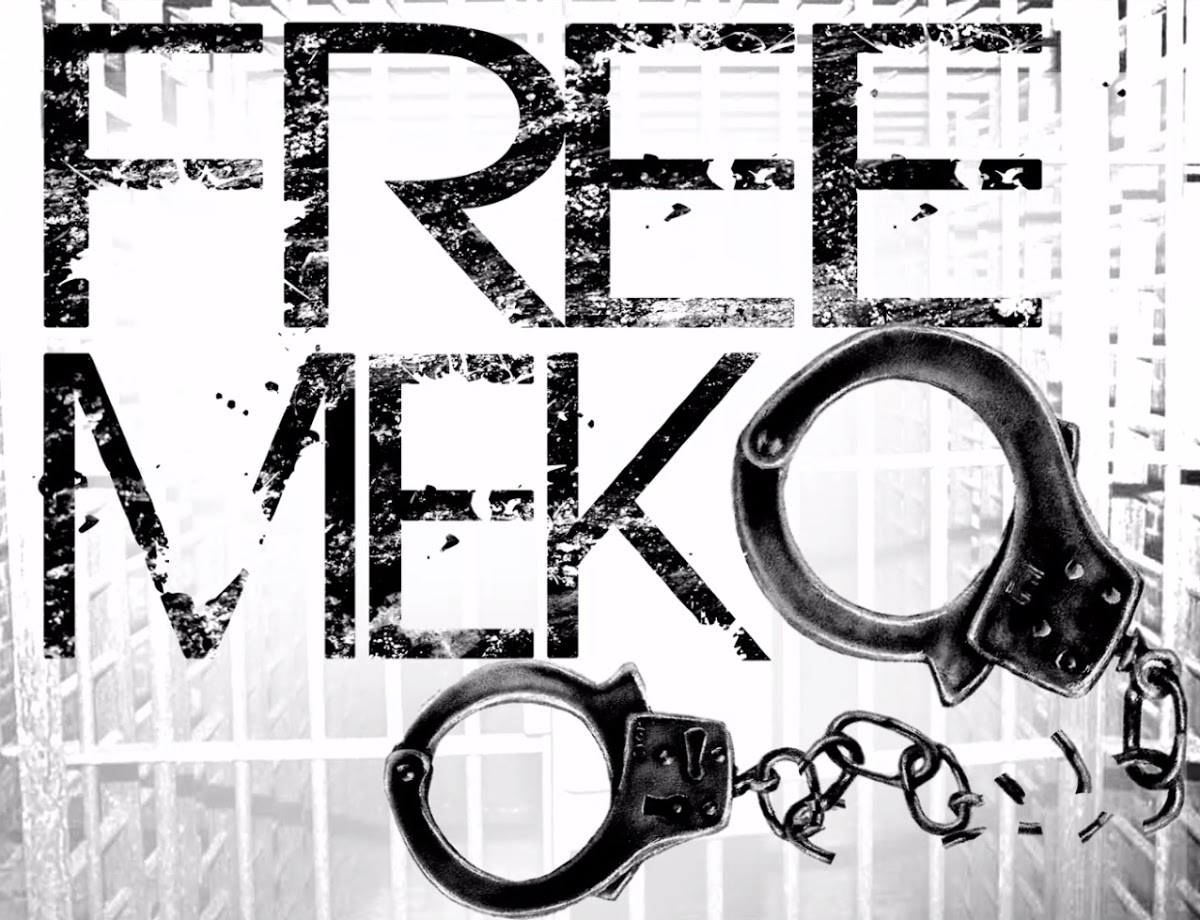
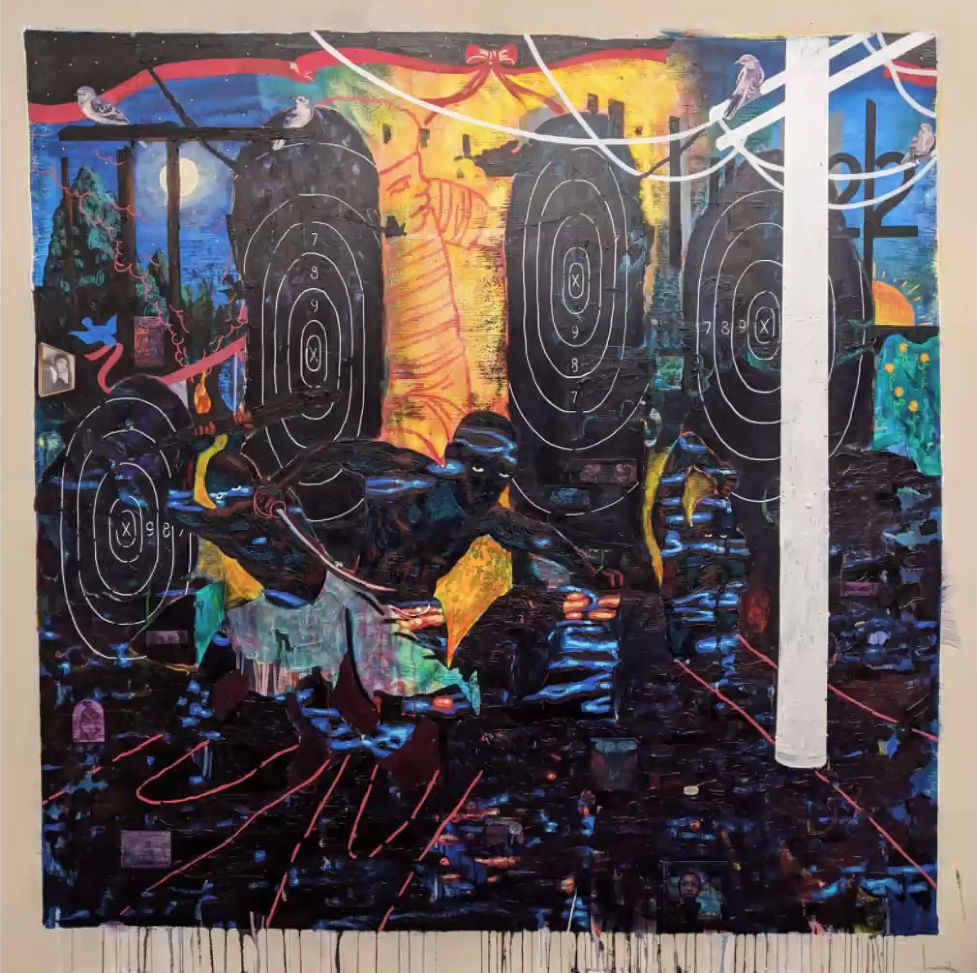
RISD alumnus and criminal justice reform activist Jordan Seaberry 14 PT spoke to the class about how he strives to connect public policy work with his painting practice. His presentation provoked some deep questions about the role of the artist in society. “How does object-making relate to anything in the real world?” one student asked. “And how do you ensure that you’re not being a voyeur, capitalizing on someone else’s problems?” another wondered.
“It’s good if you’re asking yourselves these questions. It means a project has life in it.”
“It’s good if you’re asking yourselves these questions,” Seaberry says. “It means a project has life in it.” He discussed his Memorials for Lost Children project in which he painted portraits of victims of gun violence and gave them to their grieving families. “I didn’t want to exploit their pain,” he explains, “so I chose not to show those portraits to anyone except the families.”
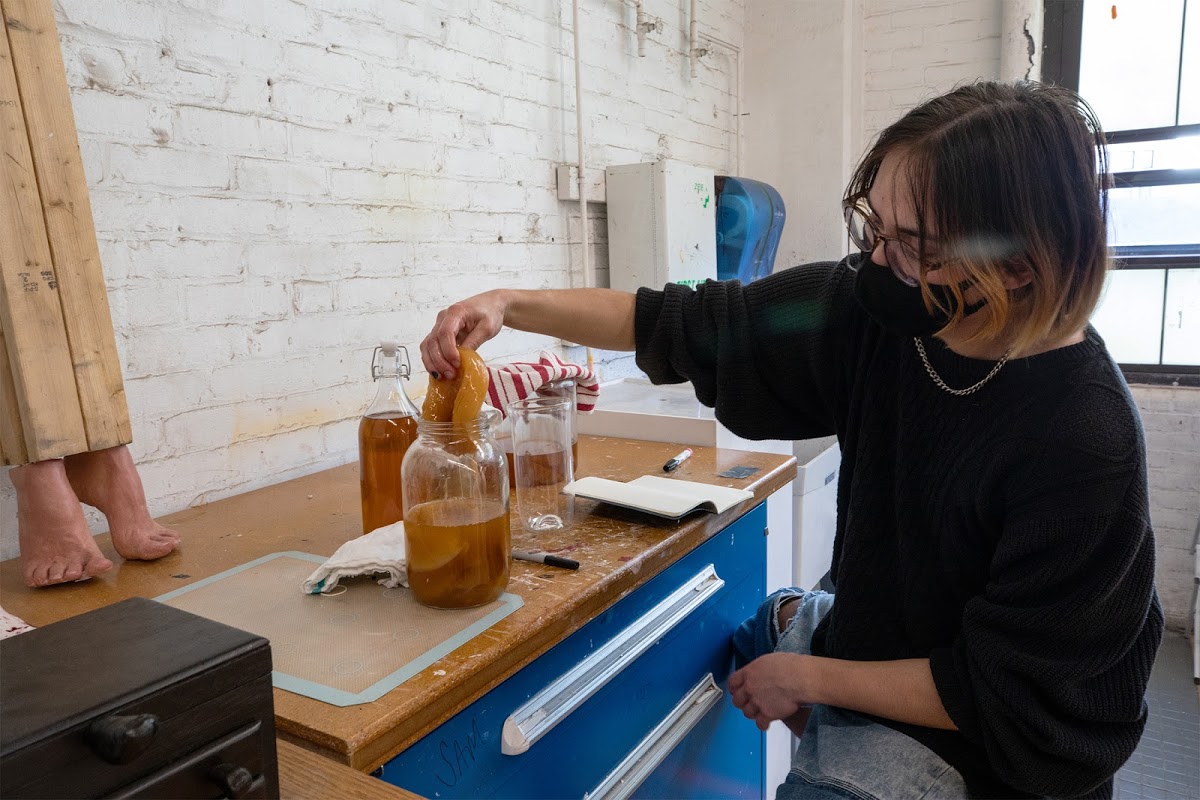
With each conversation, Cervantes and King hope to broaden the students’ horizons and—in Cervantes’ words—“demystify the research process.” Students are using their research to create a zine, pamphlet or poster, and all of the pieces will be collected and collated at the end of the semester as a limited-edition publication.
But beyond that, the students are also bringing the ideas from this research studio into their broader creative practices. As Ralph “Skunkie” Davis 22 SC explains, “The guest speakers that have influenced me the most are those who aren’t actually artists: doctors, politicians, activists. … I’ve also found a lot of crossover with work I’m doing in other classes, and I’m working on integrating my poetry into this research.”
“The guest speakers that have influenced me the most are those who aren’t actually artists: doctors, politicians, activists.”
Do students benefit from the continuity between studios and the team-teaching aspect of both classes? “Absolutely,” says King. “And co-teaching has been really invigorating for us as well. Working through these ideas together makes for a really lively learning experience, which students especially appreciate in the era of Zoom.”
—Simone Solondz/studio photos by Jo Sittenfeld MFA 08 PH
December 7, 2020
